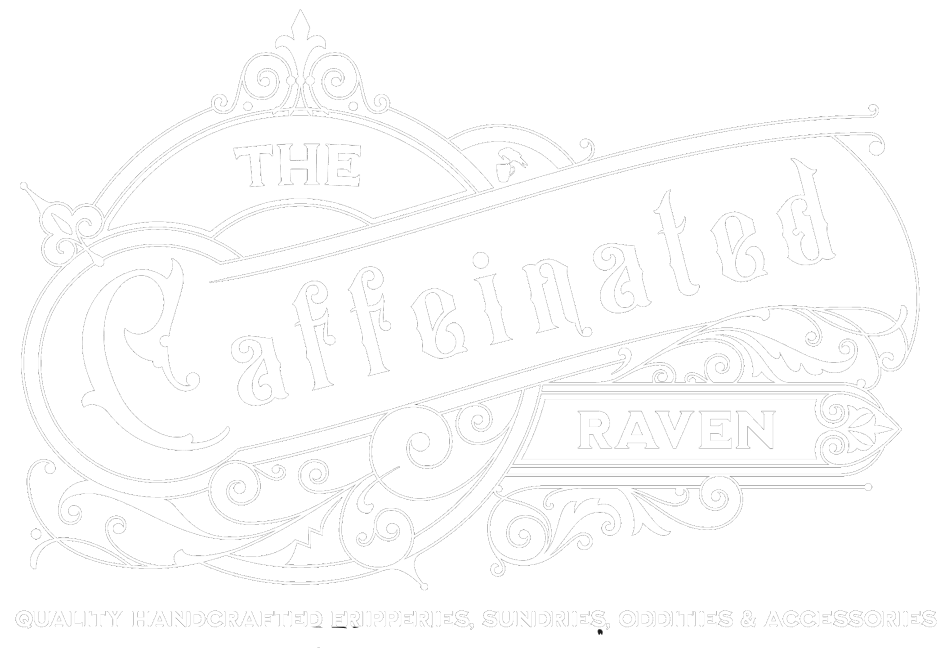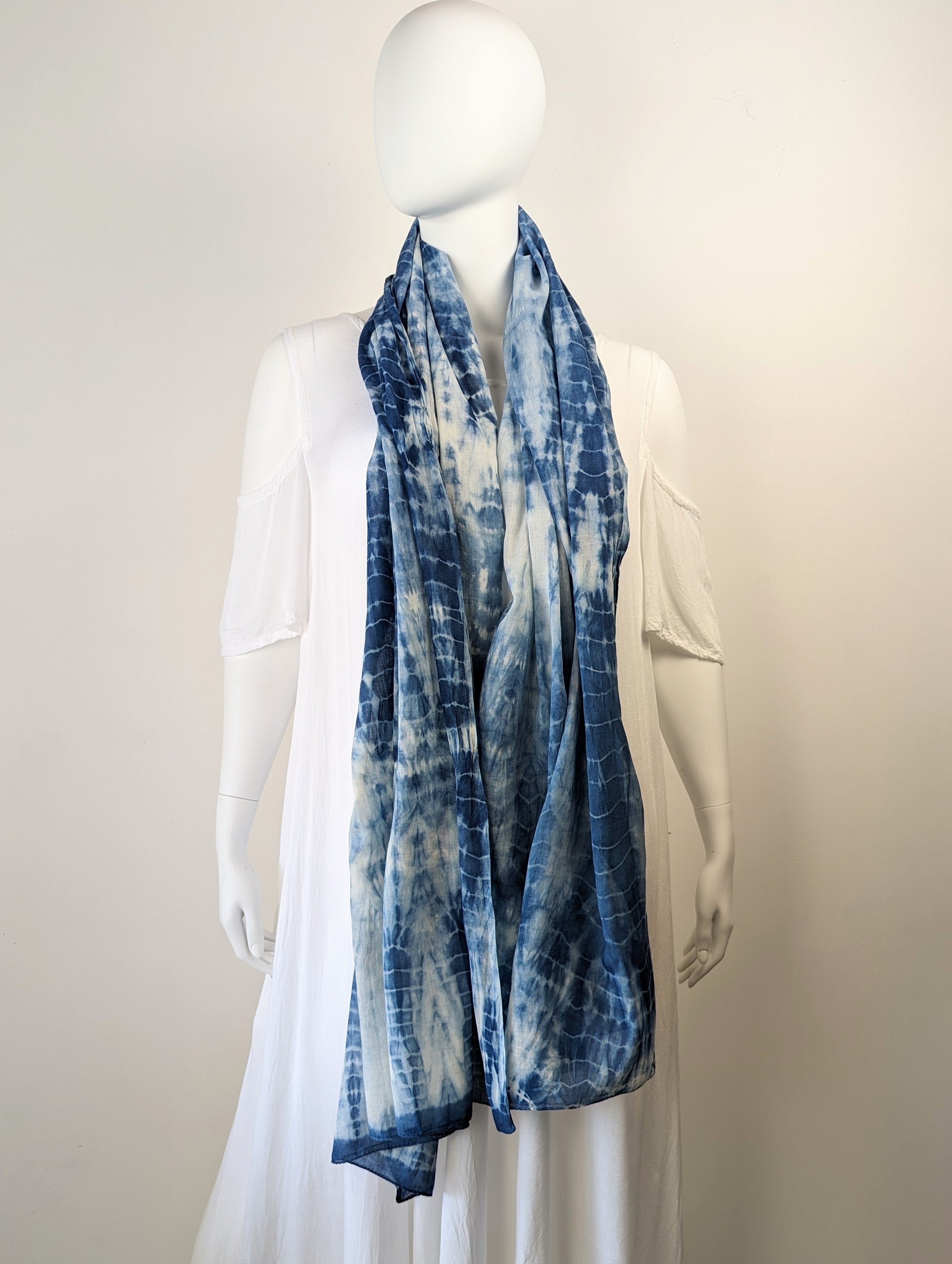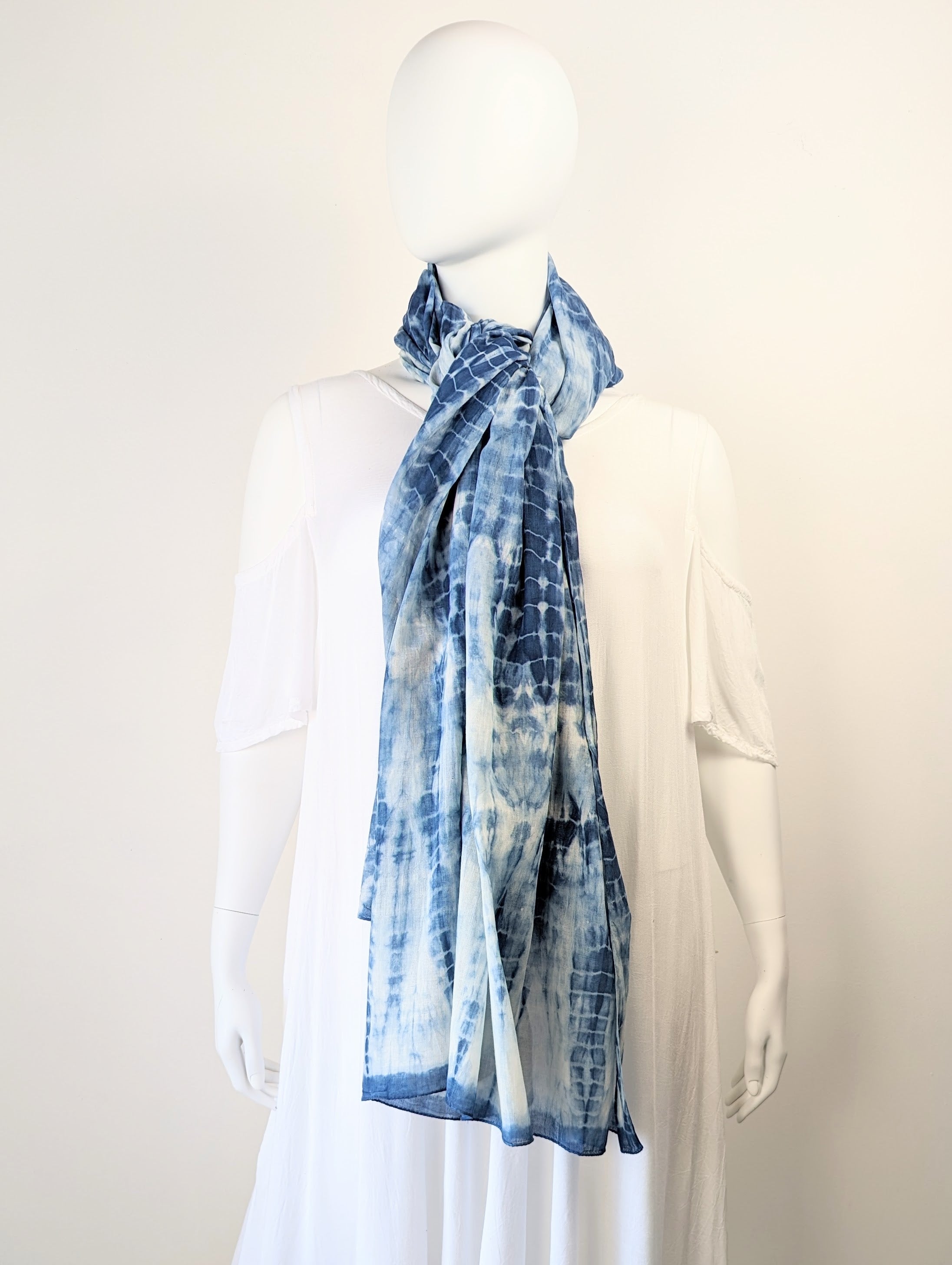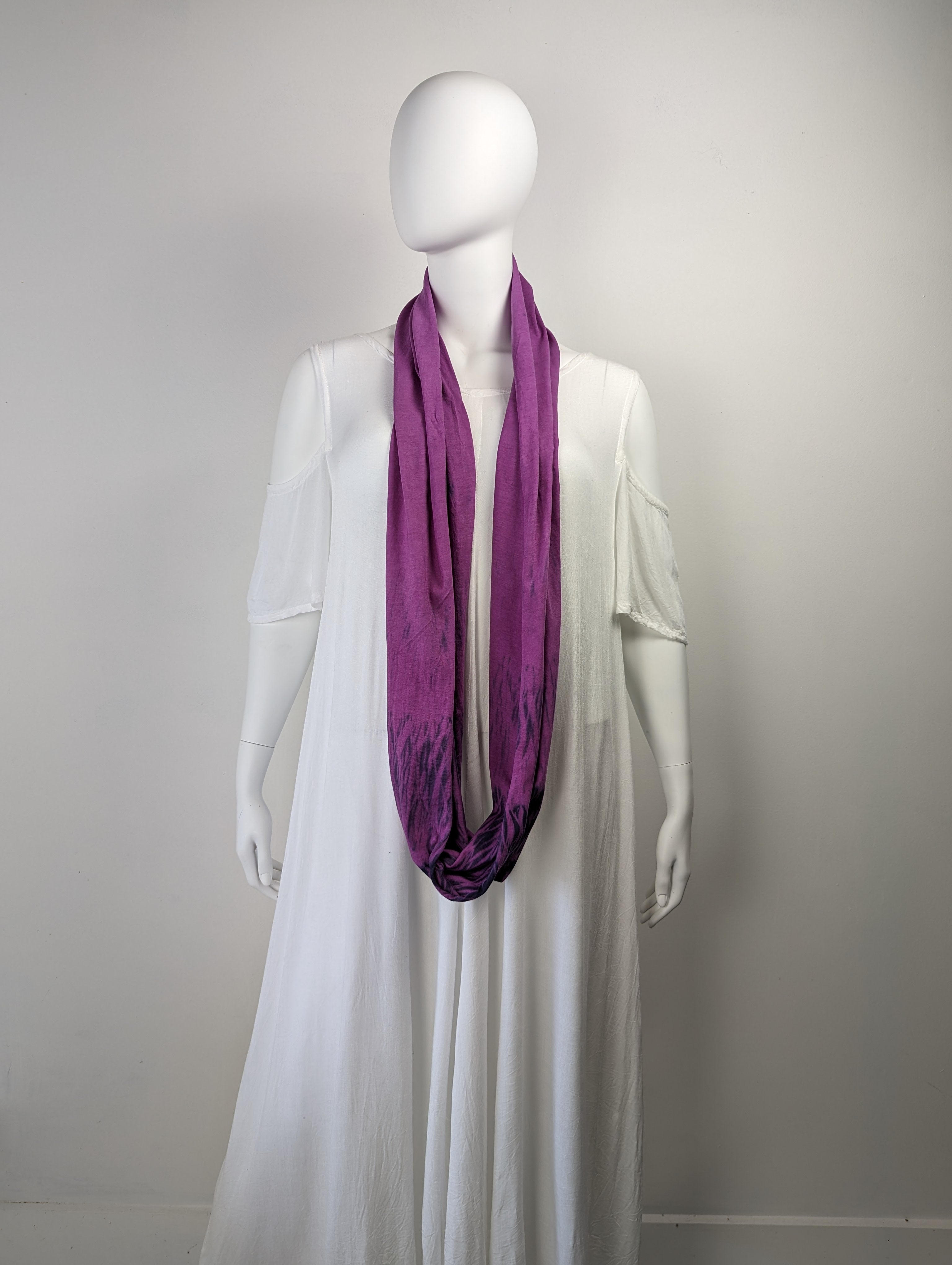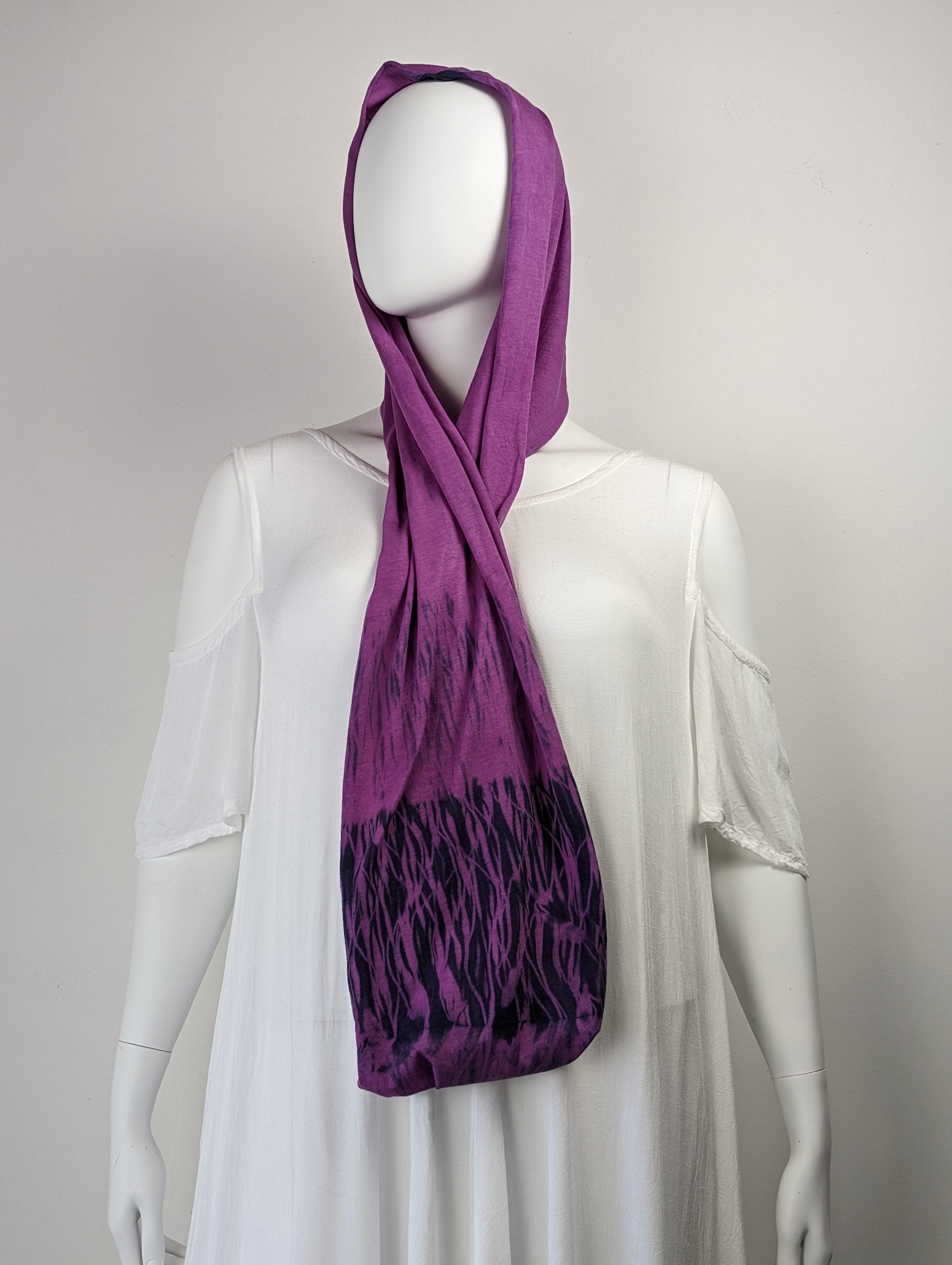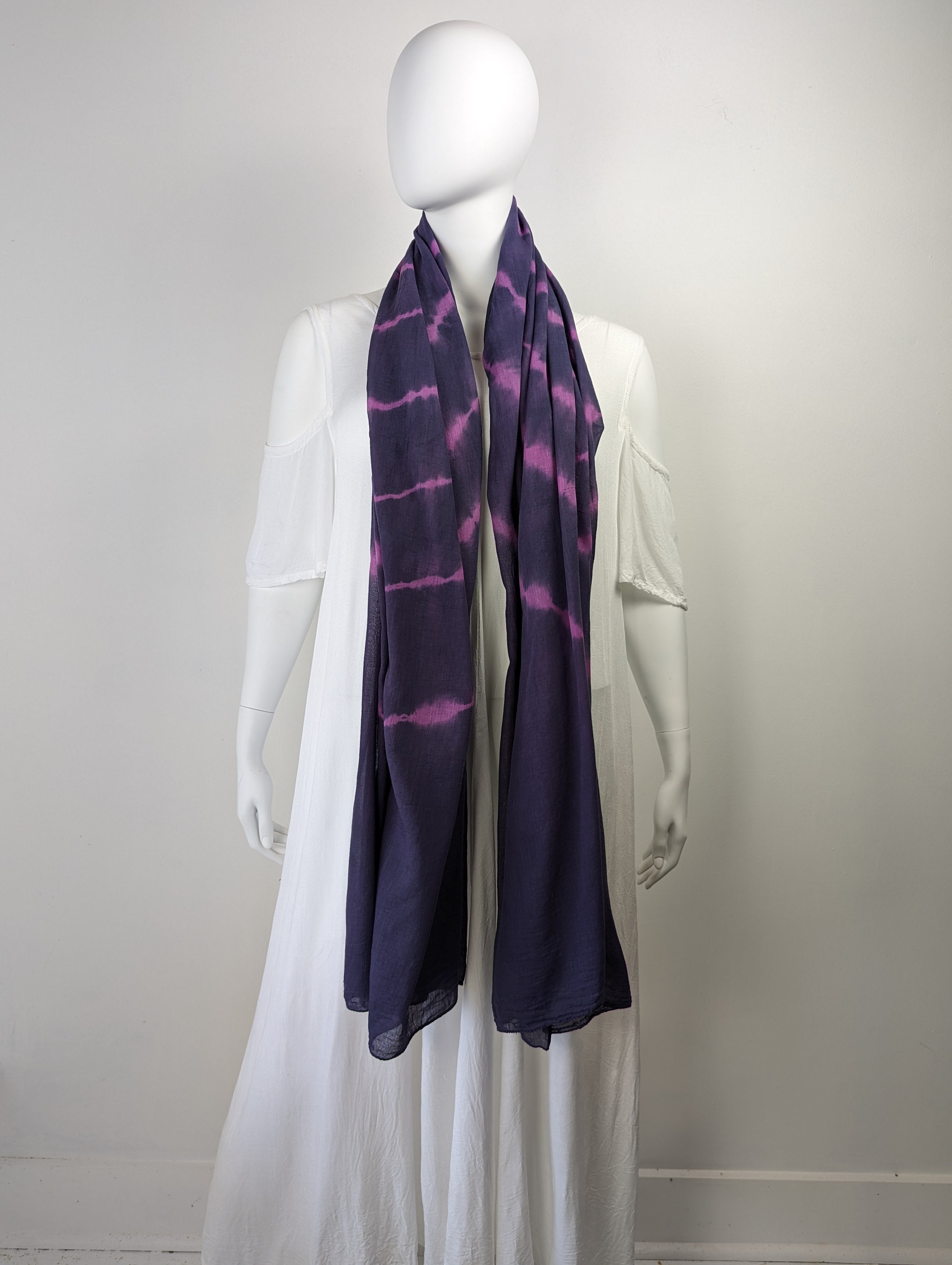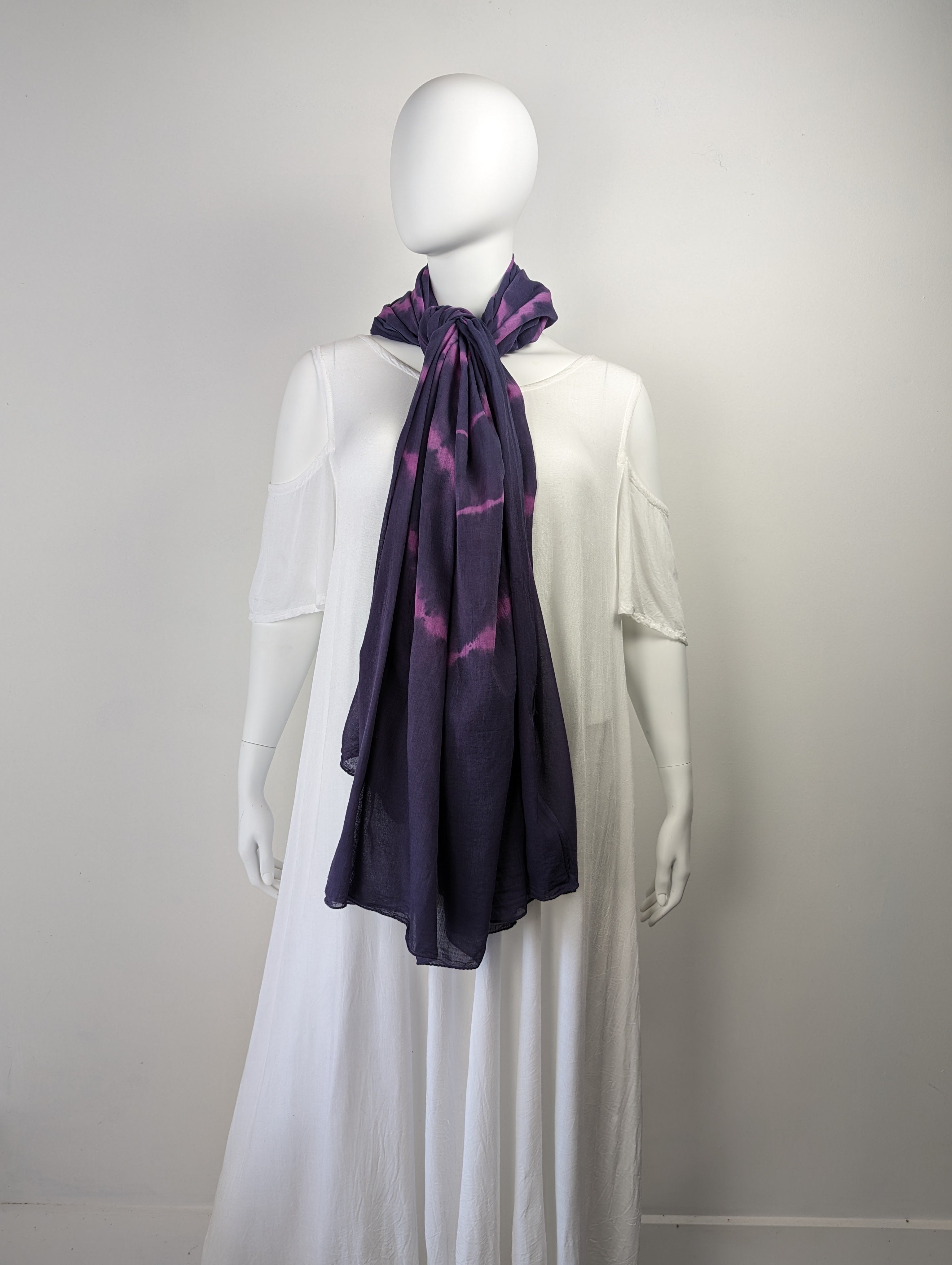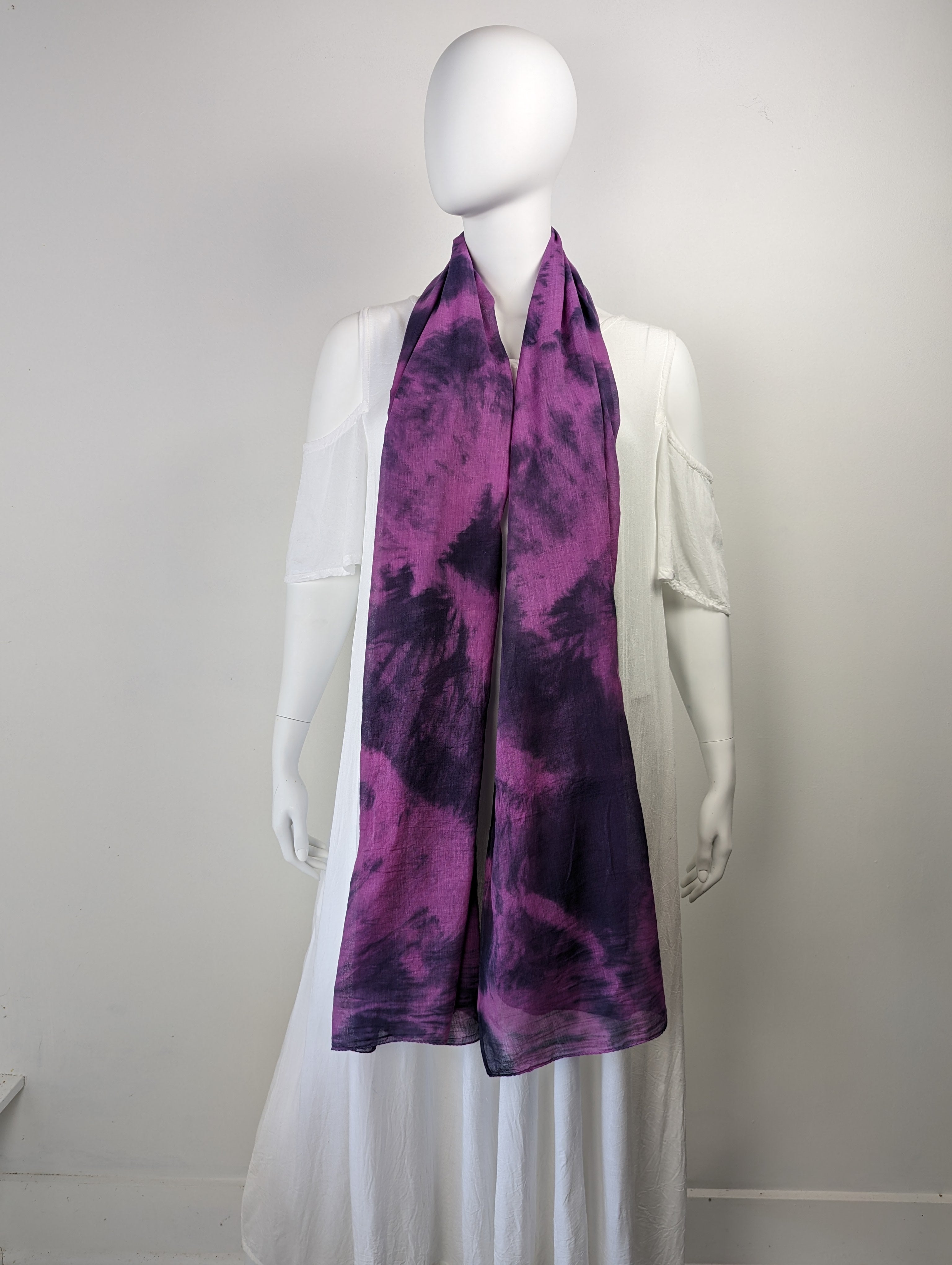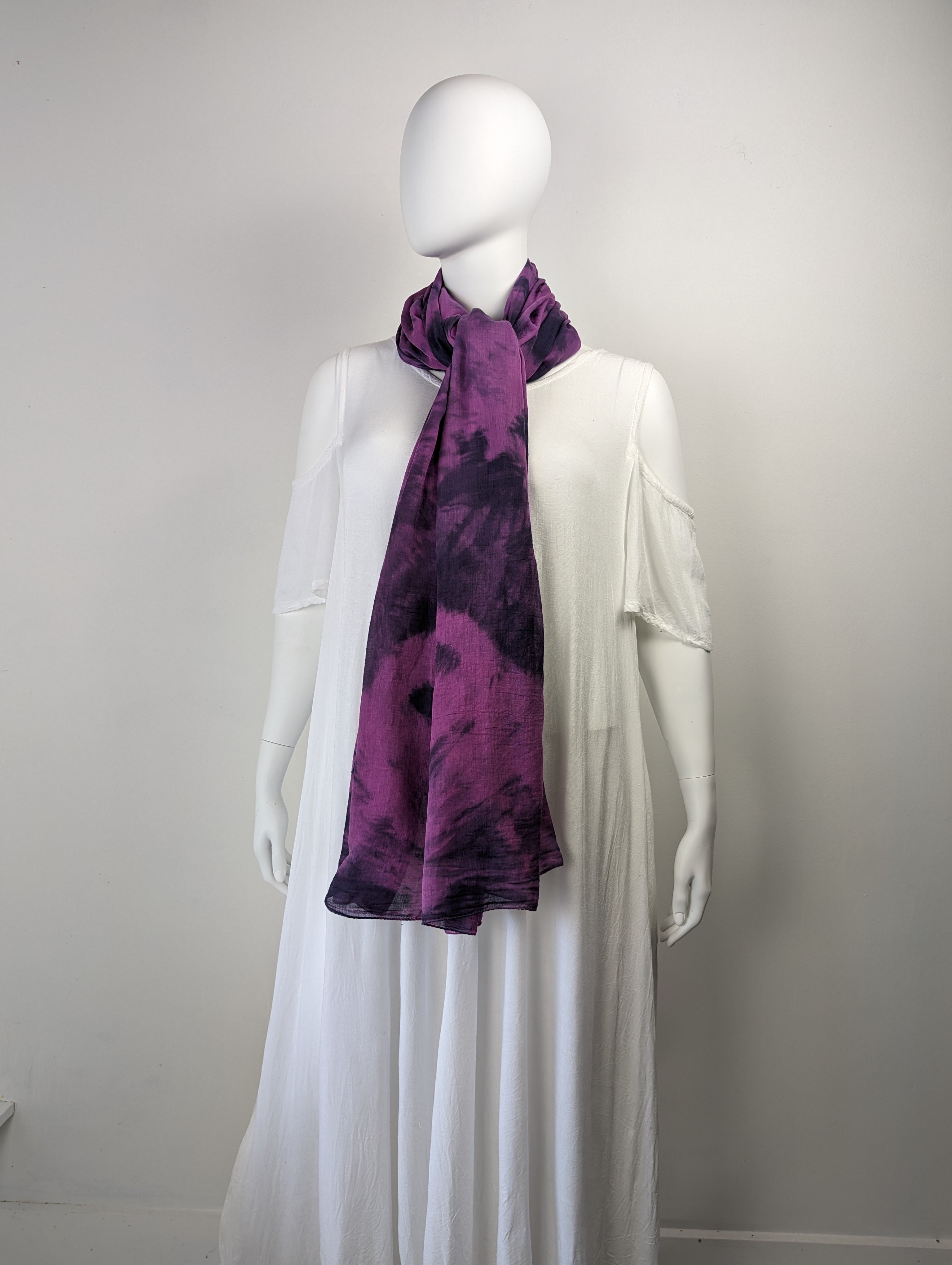What is Shibori?
Shibori is the ancient art form of manual resist cloth dyeing. The word itself comes from the Japanese “shiboru” meaning to wring, press or squeeze. Resists to dye are created by using a variety of folding techniques, by wrapping on objects such as a pole or rope, compressing between wooden blocks, tying, and specialized sewing stitches. No two shibori works are identical as any small difference in the process can dramatically change the outcome.
Creating a shibori piece is a process; each has been washed, rinsed and made ready for the dye, the resists applied, dyed in the colour(s) you see here, rinsed, the resists removed and then washed, hung to dry and then ironed. it is a very detailed process; each piece must be treated with love, dedication and respect and as a result, it becomes an individual work of art that cannot be duplicated.
Types of Shibori
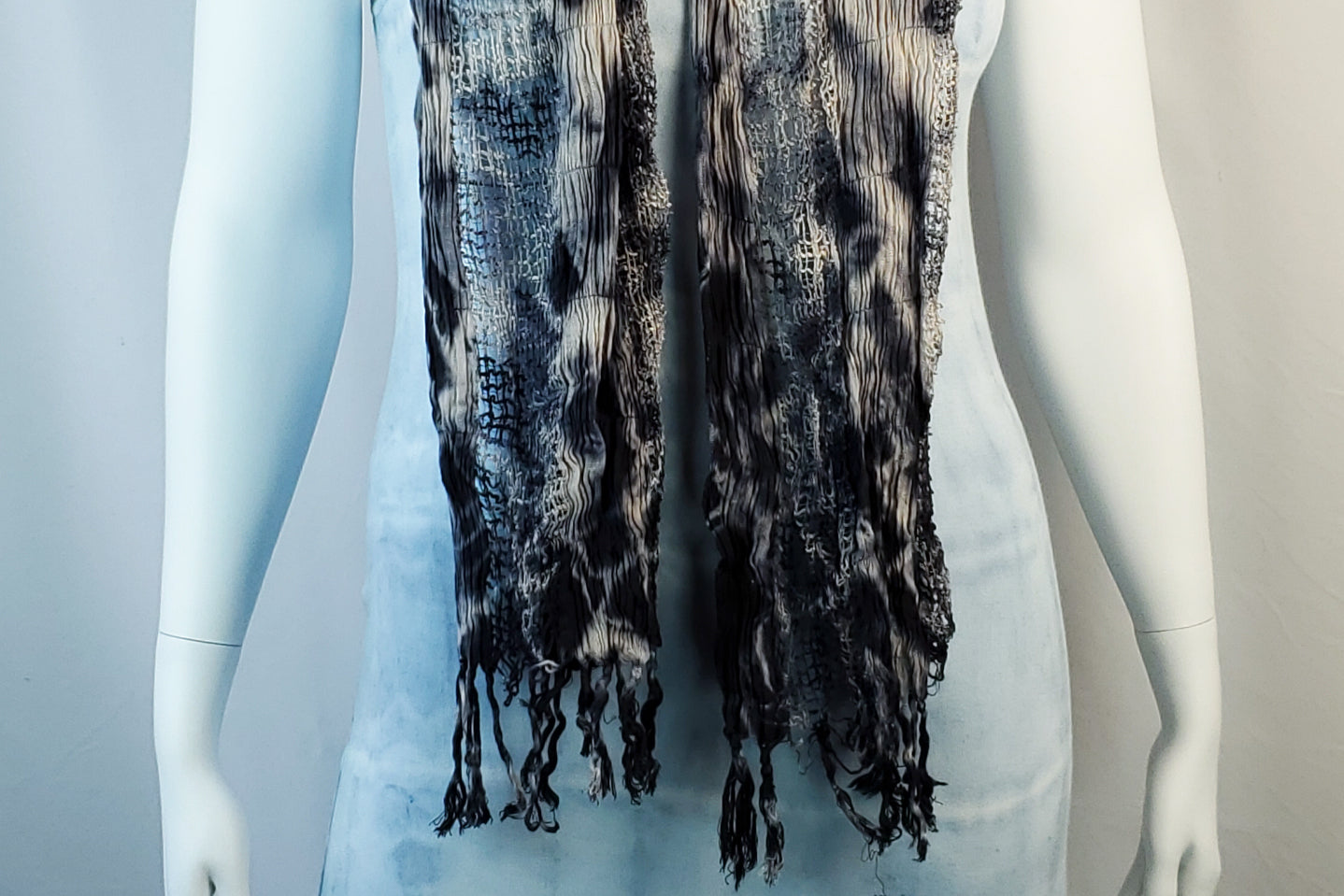
Arashi
Arashi Shibori translates to “Storm”. The fabric is wrapped around a pole and then bound with string, twine, rope or thread to create a pattern reminiscent of rain on a pane of glass. The fabric is then introduced to the dye; the resists creating rippling patterns.
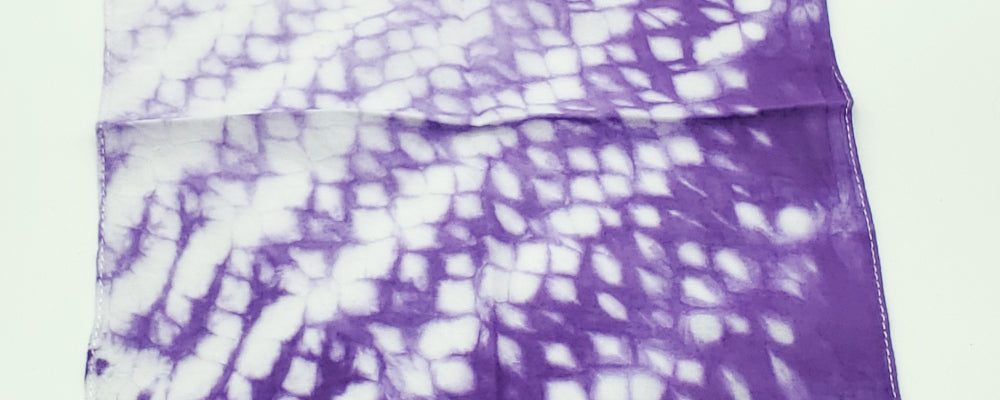
HONEYCOMB
Honeycomb shibori involves wrapping the fabric around a length of rope to create a resist. The result is often a flowing soft gradient of colour and resisted areas.
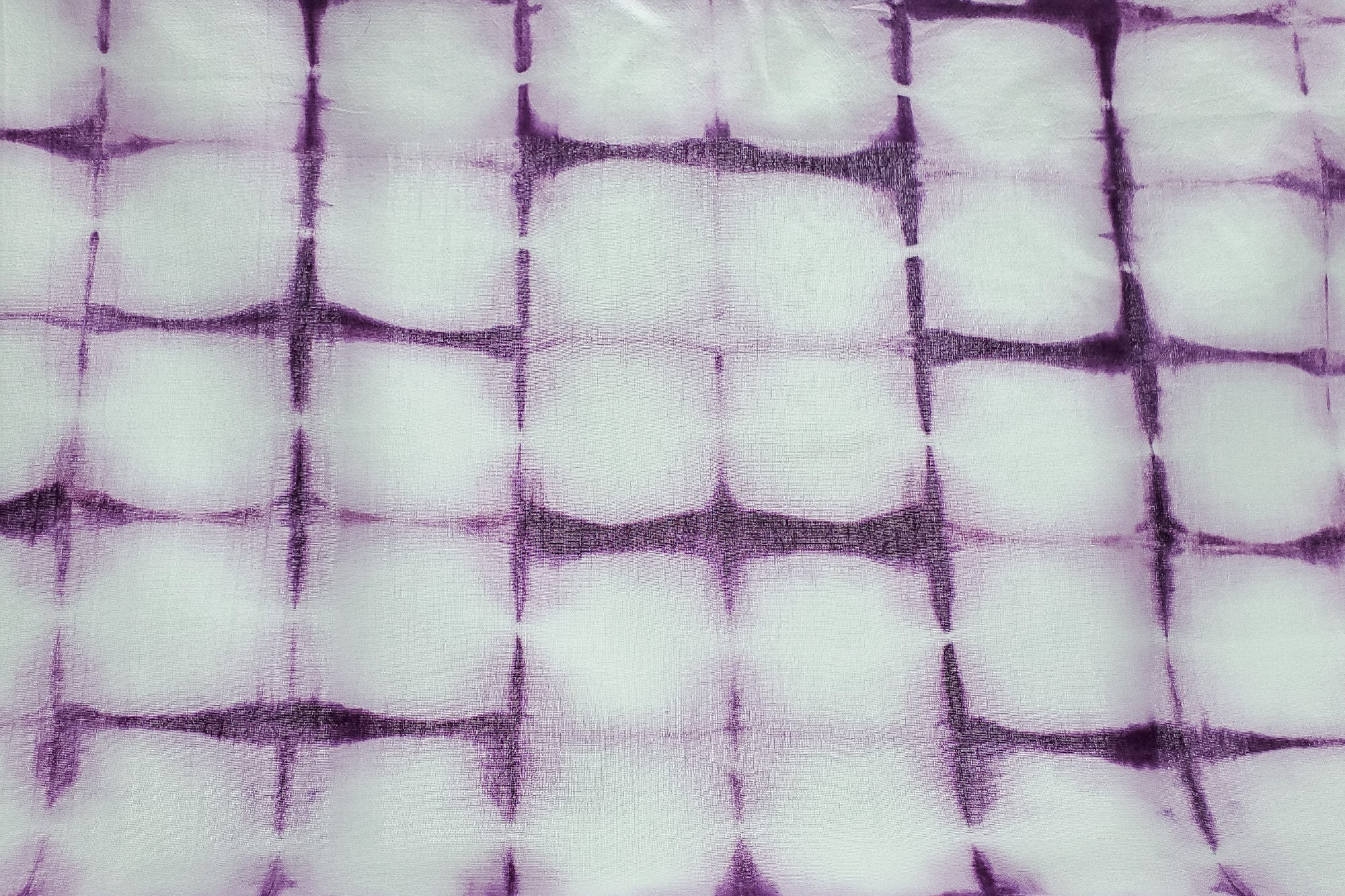
ITAJIME
Itajime or “shape-resist” shibori combines intricate folding with clamping the fabric between wooden shapes before introducing it into the dye. It creates repeating, geometric patterns and is the most common style of shibori.
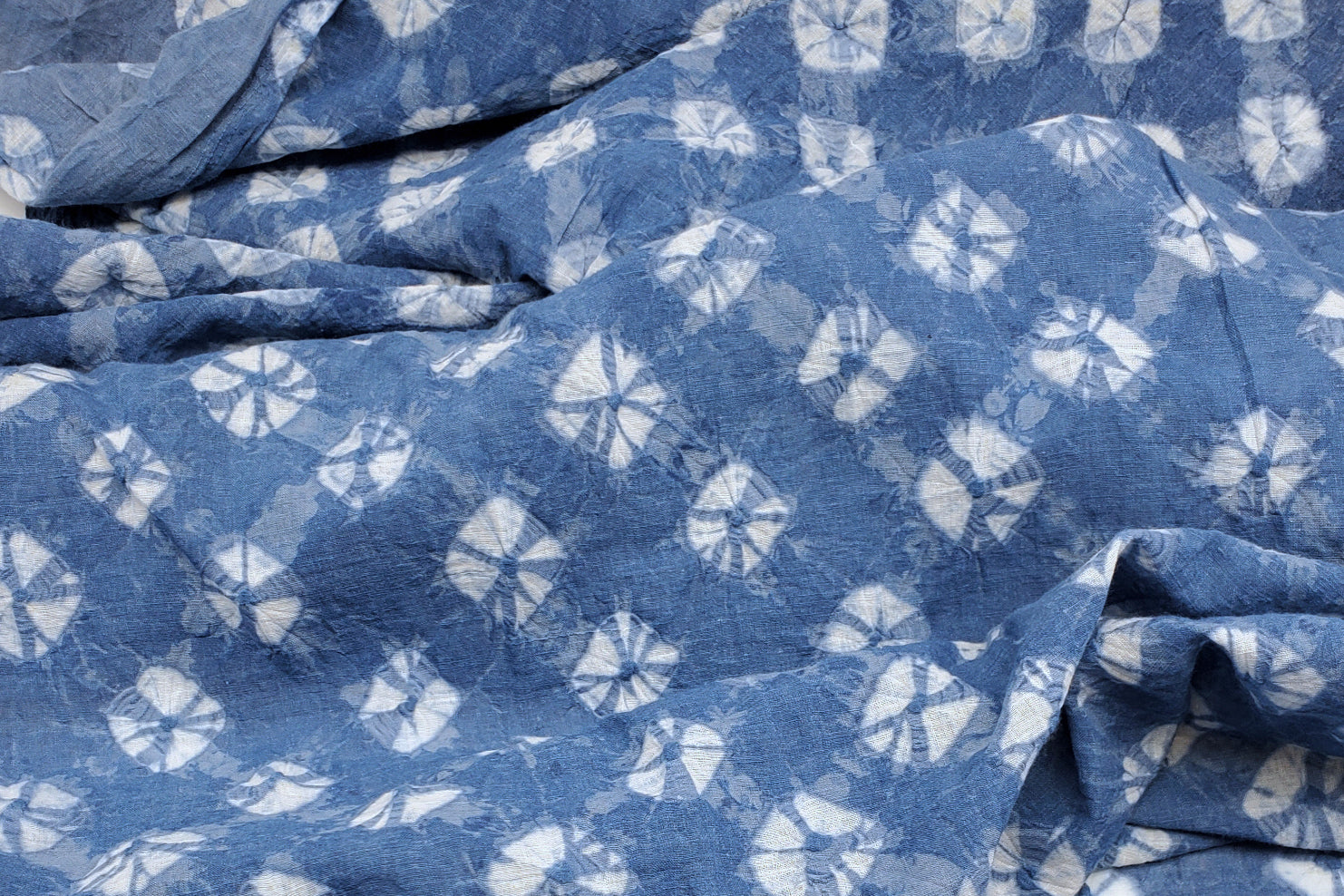
KANOKO
Kanoko or “Bound-Resist” Shibori uses string, sinew, thread, or even rubber bands to pinch, bind and shape the fabric. The fabric can be painstakingly folded, twisted and shaped in many different ways and then bound to create a resisted design.
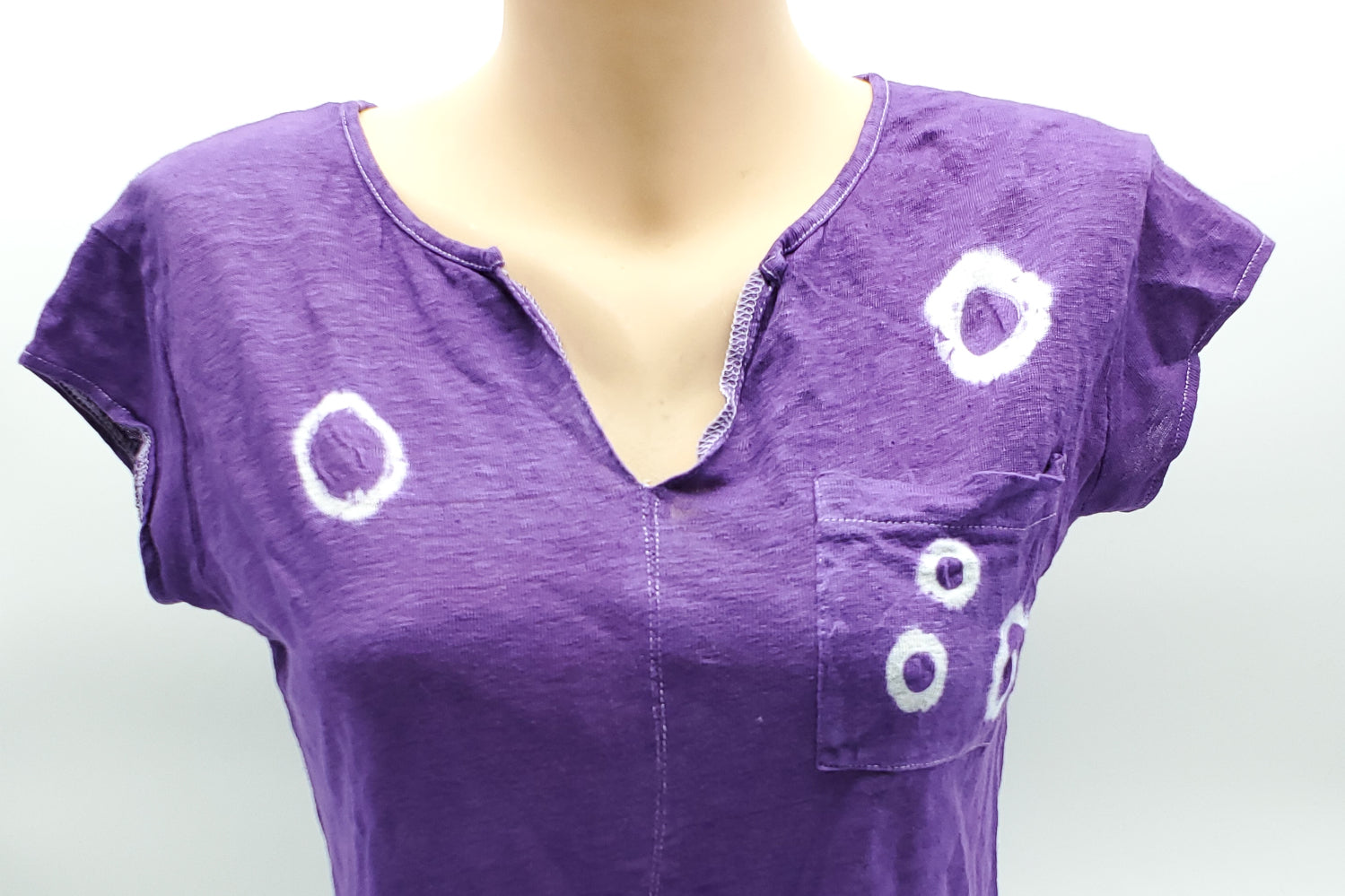
KUMO
Kumo shibori involves wrapping small objects such as beads, pebbles or seeds in the fabric and twisting and binding with string or rubber bands
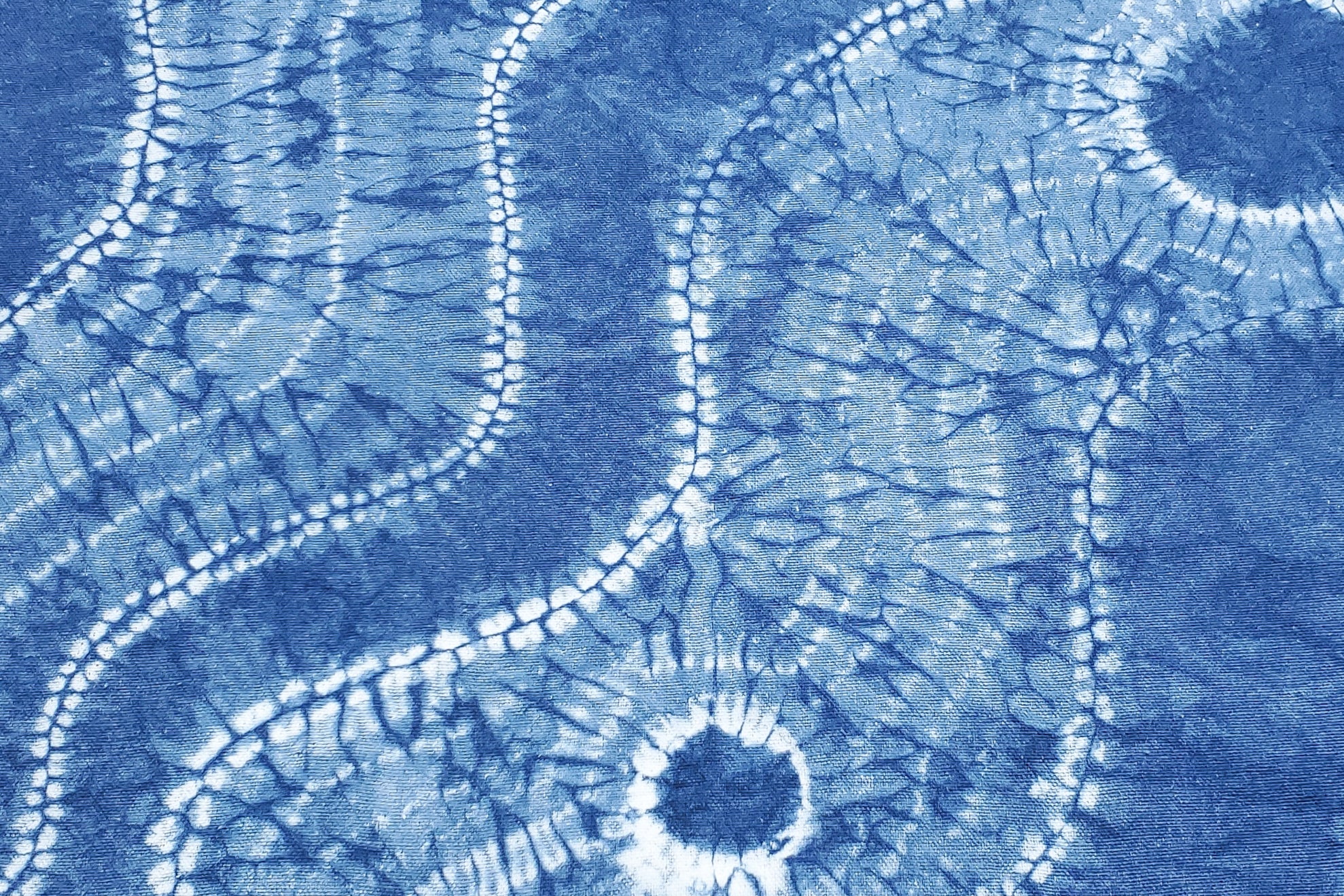
NUI
Nui or “stitch-resist” shibori uses specialized sewing stitches to bind, pinch and shape the fabric. The stitches will also often direct the flow of dye along the fabric. The stitches are removed after the dying and washing process and the resisted design left behind.
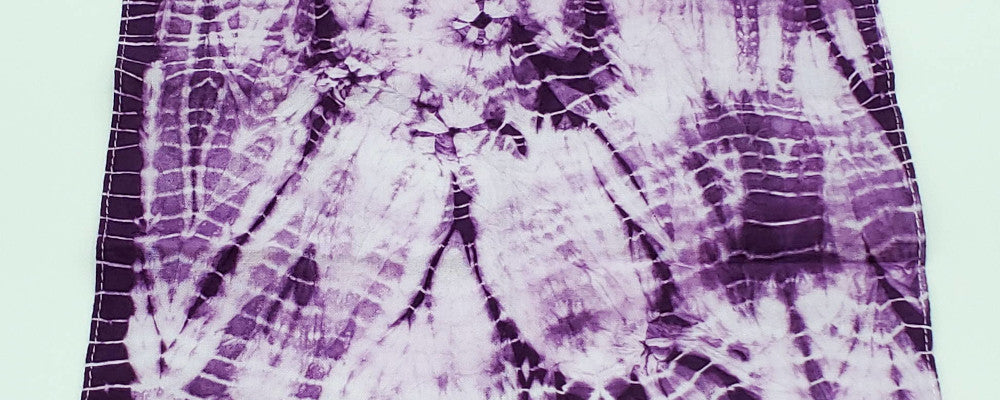
YANAGI
Yanagi or “willow” shibori is created by first creating several kanoko circles, then hand pleating the remainder of the fabric over a rope while simultaneously binding it with a thread or cord. The pattern is reminiscent of willow leaves.
